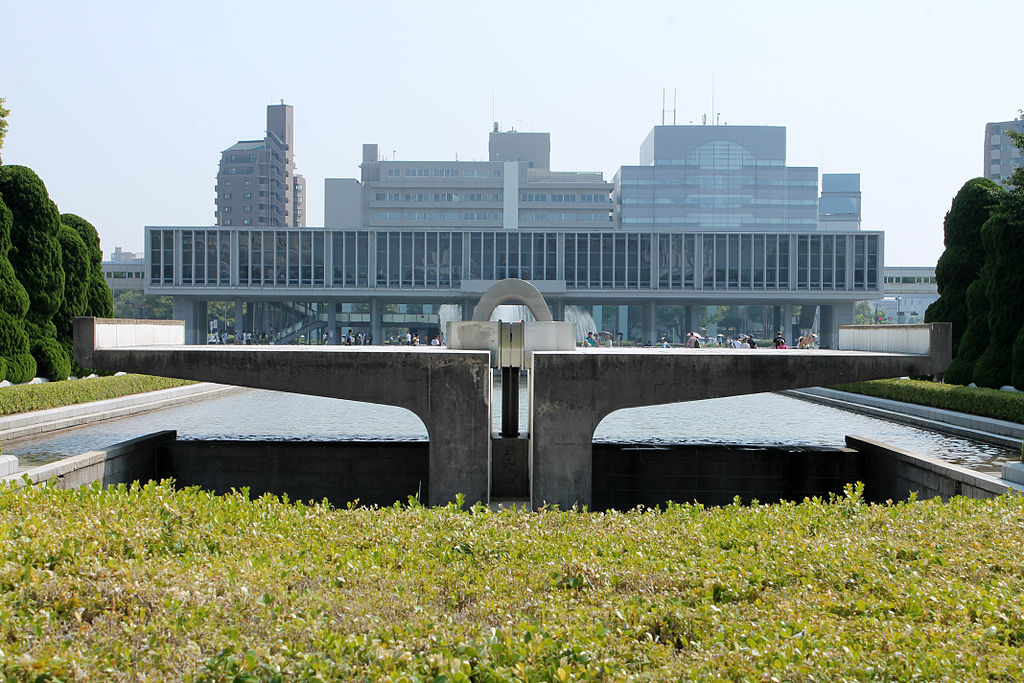Jul 25, 2022
Why You Need to Visit Hiroshima Peace Memorial Museum
The Peace Memorial Museum in Hiroshima opened a decade after the atomic bomb destroyed almost the entire city on August 6, 1945. It presents an argument as to why nuclear weapons must be abolished by showing the stark realities of what damage an atomic bomb can cause. The museum showcases a tragic but significant event in Japanese history.
The Peace Watch
You’ll pass the Peace Watch if you enter the museum from the street (as opposed to the entrance near the Peace Memorial Park). This watch is a clock that features two digital displays: one counts the days since the last atomic bomb dropped and the other the number of days since the most recent nuclear test occurred somewhere in the world.
Introductory Exhibit
The first exhibition you’ll see when you visit the museum shows the destruction of the atomic bomb through photos and videos. You’ll see how the mushroom cloud rose over the city and the desolation that remained. There are also testimonials from the survivors of the bombing — these are in video format with English subtitles. Finally, the exhibition has information about nuclear warfare throughout history, beginning with the Manhattan Project that developed the bombs and ending in modern times, including efforts to prevent nuclear war.
The reality of the Atomic Bombing
The exhibits the museum is best known for are housed in the main building: personal items that belonged to victims of the bomb. Some of the most impactful include:
- The junior high school uniform. There was a school just 900 meters from the hypocenter of the bomb. The museum created the uniform featured in the exhibit from the clothing of three boys among the 353 children killed that day.
- Shin’s tricycle. When the bomb dropped, three-year-old Shinichi Tetsutani was riding his tricycle in his garden. His father survived and later donated the tricycle to the museum in 1985.
- The 1,000 paper cranes. Sadako Sasaki was a girl who survived the bombing but developed leukemia. While in hospital, she folded more than 1,000 paper cranes as these are supposed to grant the maker a wish. Sadly, she died of her illness in 1955.
Hiroshima History
The smallest exhibition in the museum details how Hiroshima was rebuilt and then how it dedicated itself to peace. A great deal of hope is expressed through this exhibition’s articles and photos.
Audio and Live Guides
To fully understand the exhibits, it’s worth having a guide. One option is to rent an audio guide in the language of your choice, which will take you around the entire museum in 70 minutes. Alternatively, you can find a volunteer guide offering a free tour of the exhibits — this will also cover the monuments in the Peace Memorial Park.
Despite its subject being one of the most horrific events in human history, many visitors find the Hiroshima Peace Memorial Museum inspiring, particularly due to its commitment to peace education. This is not a place to miss while you’re in Hiroshima.
Sarah Stierch, CC BY 4.0, via Wikimedia Commons


About the author